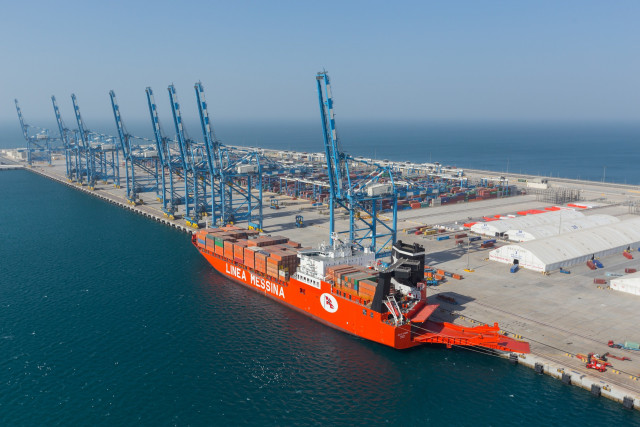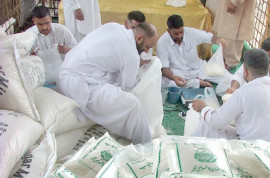
The government shed light on draft of the long-term plan for the period 2025-30 during the CPEC summit held in Islamabad on Monday.
CPEC: Perils ahead for Pakistan
So far, discussions have focused on priority and actively-promoted projects, which are expected to be completed between 2018 and 2025.
China Development Bank prepared the draft of the long-term plan, specifying the timing for development of the economic corridor. The CPEC is part of China’s strategic ‘One-Belt, One Road’ initiative, known as OBOR, which talks about connecting about 64 countries in three continents.
The long-term plan talks about establishing a bilateral payment and settlement mechanism to reduce the need for third-party money and ease the pressure on foreign exchange reserves. Central banks will put in place a relatively stable exchange rate mechanism and continue to implement and expand the scope of bilateral currency swap agreements to Rs520 billion.
“Most of the pillars of the long-term plan will deal with the provincial projects and the contribution of provinces will be critical for their success,” said Planning Commission’s CPEC Centre of Excellence Executive Director Dr Safdar Sohail, while discussing broader contours of the plan.
The plan identifies key areas and major projects including the development of an integrated transport system, IT connectivity, energy cooperation, industrial parks, agricultural development and poverty alleviation.
CPEC to introduce technology in agriculture
The other areas of cooperation will cover livelihood, water resources, livestock, people-to-people communications and financial matters.
Discussions had also taken place between Pakistani and Chinese authorities on final draft of the plan last week.
Under the plan, agricultural information project, storage and distribution of agricultural equipment and construction project, agricultural mechanisation, demonstration and machinery leasing project and fertiliser production project for producing 800,000 tons of fertiliser and 100,000 tons of bio-organic fertiliser will be implemented.
Other projects include livestock breeding, livestock and poultry breeding base cleaning, livestock and poultry product processing centre, disease prevention and control system, planting and breeding and agricultural product processing.
“As per proposed targets, gross domestic product will grow by another 1.5% from 2016-20 and another 1% from 2020-30,” said Sohail.
He said the annual average trade would increase 24% from 2016 to 2020 and 16% from 2020 to 2030. The annual average investment growth is expected to be 25% from 2016 to 2030. He said the contribution of industry as a percentage of GDP would increase 1.5% and about 800,000 new jobs would be created.
Challenges
“The OBOR will be the largest economic belt in human history that will link Central Asia, South Asia, South East Asia and Africa,” said China Institute of International Studies President Su Ge.
Su said the CPEC framework revolved around Gwadar port, energy, infrastructure construction and industrial cooperation.
However, he said the CPEC could face challenges and risks. “The risks include security environment, changes in international politics, changes in national development policies and cultural and ethnic differences.”
Modi spoke India's mind over CPEC
“No matter what difficulties may arise, we need to keep in mind the broader picture,” he remarked. Power Construction Corporation of China (CPCC) Chairman Yan Zhiyong highlighted the security issues, facilitation of investors and problems in land acquisition as the problematic areas.
CPCC is among 500 Global Fortune Companies. It is investing in many power and infrastructure projects of the CPEC including the Port Qasim power plant, Gwadar power project, Sahiwal coal-fired power plant, Karot hydroelectric power project and Karachi-Lahore motorway.
“The new challenge to the CPEC is from the public debate that has resulted in protests,” said China CPEC consultant Zhu Xingiang. “The implementation of CPEC could be adversely affected due to the existing disputes.”
He also advised avoiding unnecessary expectations from the CPEC at the initial stage of implementation.
He sought an end to arguments over the CPEC route and advised Chinese companies not to operate in isolation and instead become active on social media.
“It is important to carefully spell out the risks and challenges so that we can do better contingency planning,” said Adviser to Prime Minister on Foreign Affairs Sartaj Aziz while chairing a session of the CPEC summit.
Published in The Express Tribune, August 30th, 2016.
Like Business on Facebook, follow @TribuneBiz on Twitter to stay informed and join in the conversation.
















COMMENTS
Comments are moderated and generally will be posted if they are on-topic and not abusive.
For more information, please see our Comments FAQ